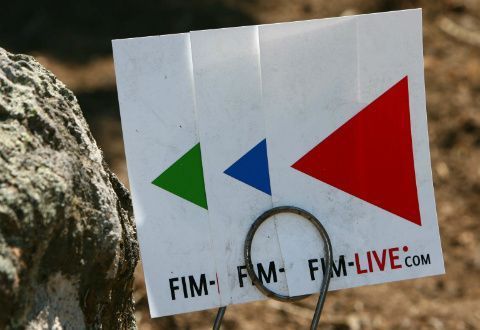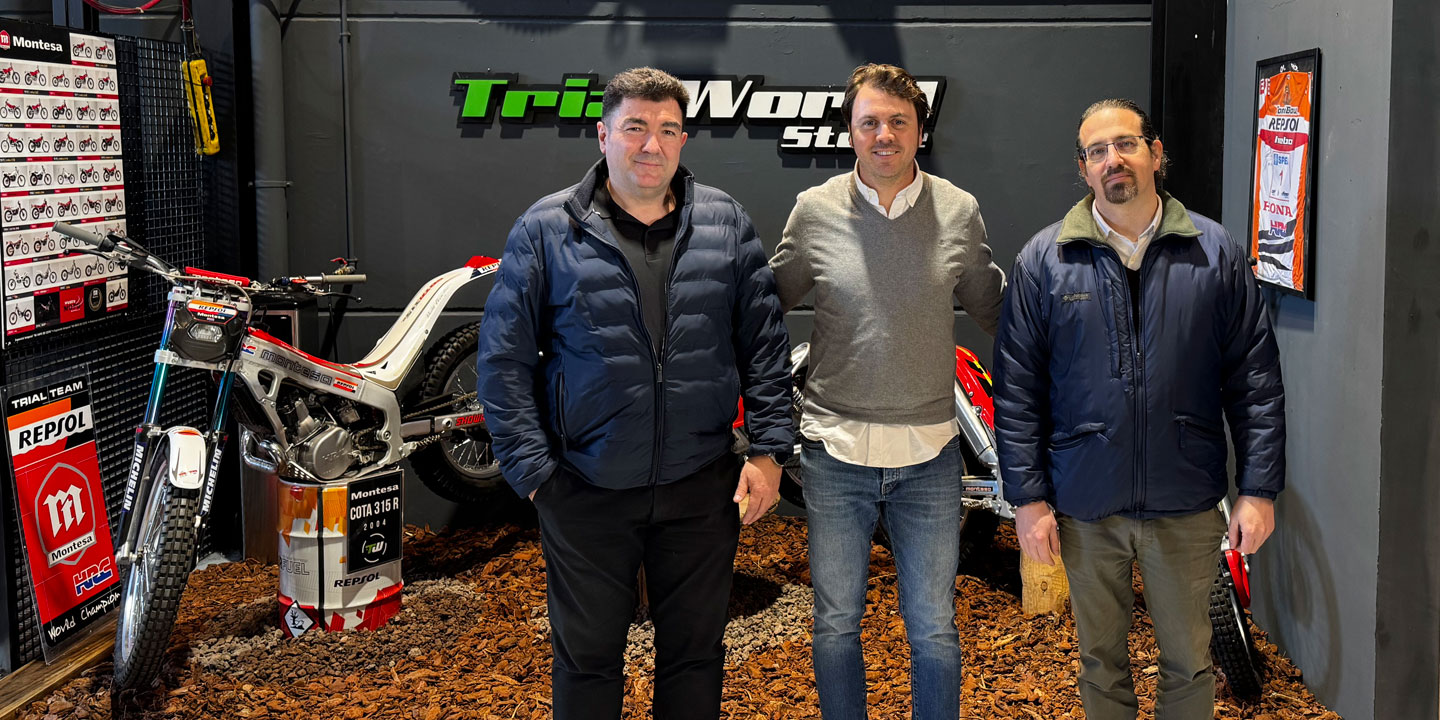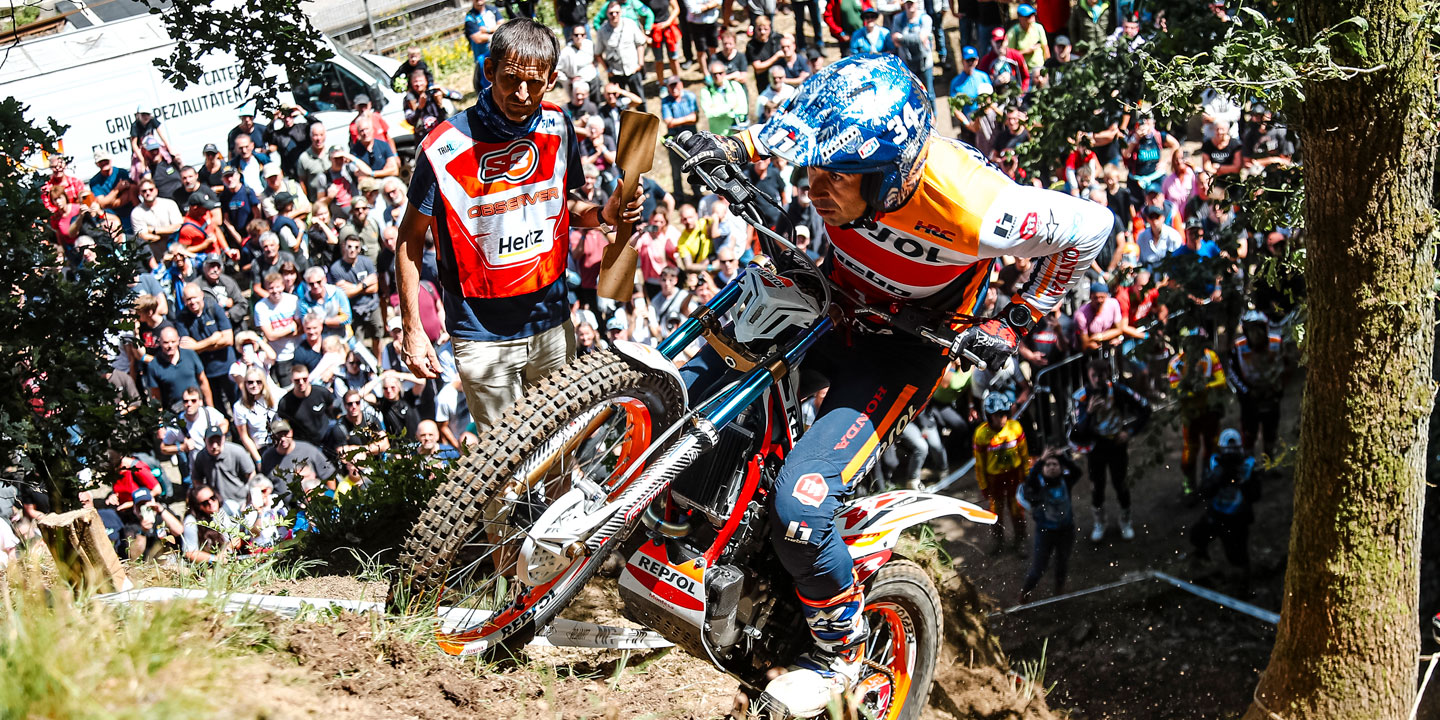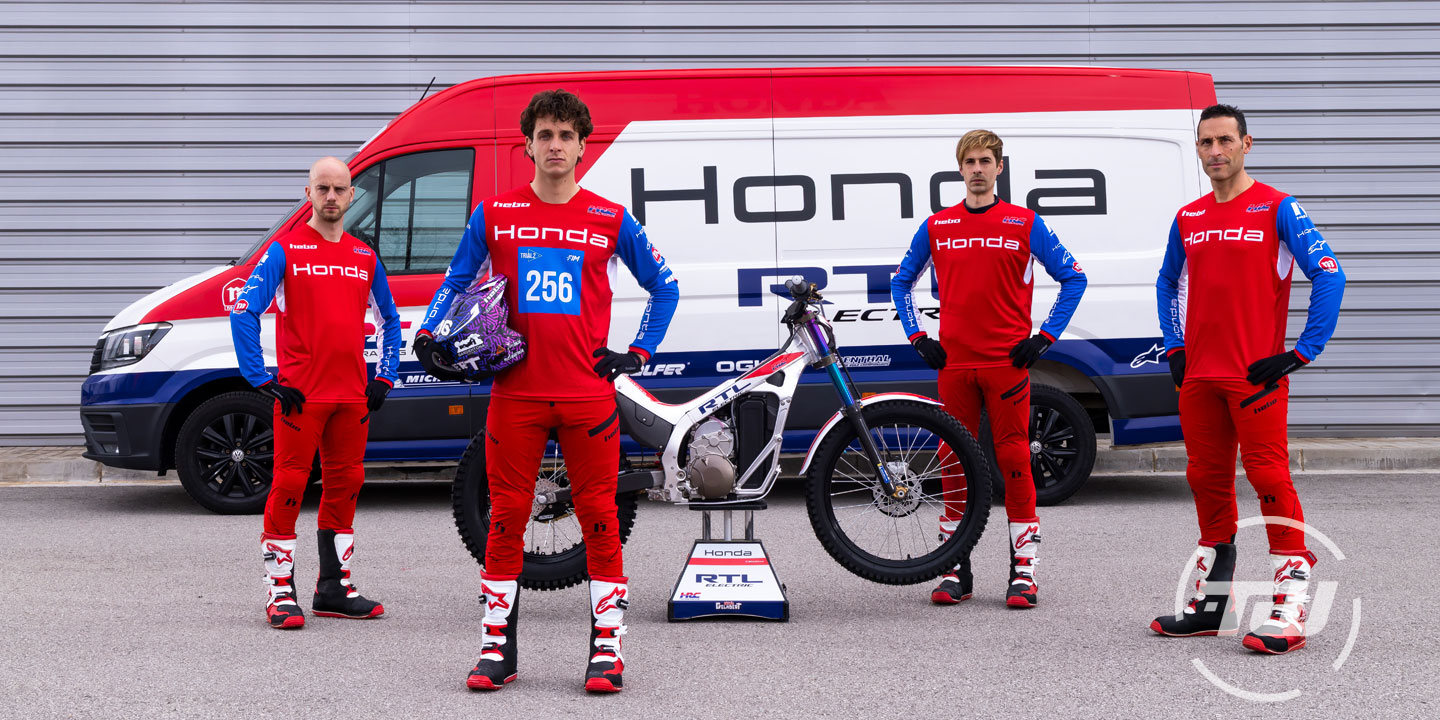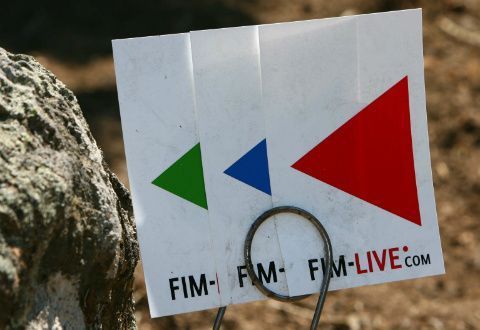
A BRIEF INTRODUCTION
For some seasons now, in the environment of the WTC (Trial World Championship),There is a logical concern to see which way this specialty will go. The belief that enrolment in the tests is declining (some of the time) and that the The technical level reached by the pilots is too high, It has made some think about radically changing the sport. They are neither the majority nor the future, but they are very influential.
Obviously, all this came at the time to the FIM Trial Commission (CTR) and the Bureau, of which I am a member. After presentations on the subject and several meetings, the Bureau, at Fort William in July 2011, he decided to discard this idea.
The pro-NON STOP group continued to press the issue until the right time came to exert all possible pressure on the FIM.
During all the meetings of the Bureau held during 2012, the issue of NON STOP has always come up, and it has been rejected by the Bureau.
OBJECTIVES OF NON-STOP
The FIM has sent us, together with the announcement of the adaptation of the NON STOP regulations for the WTC 2013, a list of objectives and excellences of this new regulation. To date, no test, test, comparison or study has been carried out on anything.
The list of objectives and excellences is as follows:
Creating greater dynamism
- Making the trial more accessible
- Reduce the level of the zones
- Changing the impossible and dangerous image of trial Reduce costs
- Increase Practice and Participation Develop the Market
I would like to point out that I find all these objectives very laudable and I agree with most of them , but in my opinion, the path chosen is totally wrong and unrealistic.
I’m going to comment on them one by one.
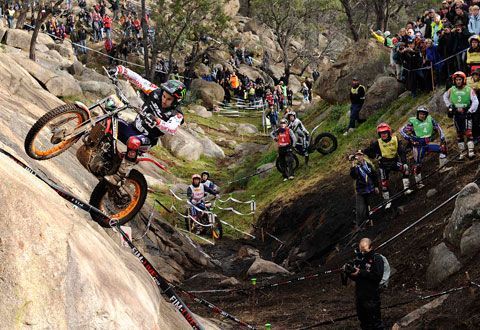
Meaningless words. What does dynamism mean?
Currently the person who designs the zones can mark them so that the riders do not stop, but the technique and its evolution have led us to this point.
At the 2011 British GP at Fort William, the river sections were typical of NON STOP, but they were no more dynamic than the others, they were boring.
ACCESSIBILITY
Make trial more accessible. I don’t understand how changing a regulation at the WTC makes the sport more accessible. Who?
A few years ago (late 90s) a regulation very similar to the one just approved by the FIM was already adapted. The result was unsatisfactory. The continuous protests of the drivers to the stewards, the difficulty of the organisers to find suitable terrain to the regulations and most importantly, THE DANGER, for the drivers made these regulations rejected.
The differences in technical level between professional drivers and the rest are even greater than they are now. Except for the TOPs, the rest will need more backpacking and more hours of training, as the margin for error decreases. You have to be much more precise and there is no option to rectify.
ZONE LEVEL
Reduce the level of the zones. We don’t need the NON STOP to lower the level of the zones. We can do that today, under the current rules. In some WTC events this year the level has been adequate.
I remember that the FIM sends a Section Adviser to each GP. He is in charge of supervising the level of the zones and I particularly think he does a great job.
If someone wants easier zones, just give them the relevant instructions. Or is it not as easy as it sounds?
The same people who propose a decrease in the technical level of the areas, are the ones who, during the race, exert pressure to make them more difficult, since their drivers, professionals, need the difficulty to demonstrate their level of driving and ensure a good position in the championship.
DANGEROUSNESS
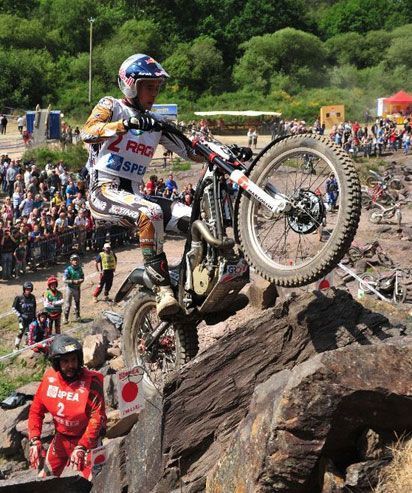
In the NON STOP regulation we will make this speciality very unattractive for the spectator and very boring.
The spectator likes to see the drivers with the highest technical level. I have never seen a spectator who sees the 125 pilots, cadets or juniors who cross more accessible areas and then go home because the TOP areas are too spectacular!!
COSTS
Reduce costs. Obviously, we can all agree on this. Costs need to be reduced. Do we reduce costs by modifying the driving technique? It is, to say the least, debatable.
We can reduce costs
by bundling tests, optimizing organizational structures, and streamlining schedules.
This, which seems logical, has been shown in practice, which is not so easy. The diversity of dates, interests of the organisers and difference in regulations has made the situation difficult.
The events that we have been able to group this year, such as the wtc with women’s wtc etc mark us, in my opinion, the way forward. The same can be done in the various national championships. Limiting the number of scoring races for the lower categories also makes a championship too expensive for amateur riders.
PARTICIPATION
Increase practice and participation. How can changing a regulation increase participation?
The constructors have done absolutely nothing, to date, to help the participants in the WTC or C.Europa tests. Most of the riders participating in the Junior World Championship, for example, pay for their bikes and the spare parts used. Some receive support from the different national federations and the rest of their families.
We must bear in mind that if the registration in the WTC is acceptable, it is thanks to the junior and youth cup 125cc categories.
FIM regulations, which are too strict and closed, also influence participation. In races held on closed circuits, areas, etc., we should allow the youngest to register. The rule imposed by the FIM, a few years ago, limiting ages and going further than the governments themselves, has caused and continues to have a very detrimental effect on the progression and sporting career of these riders.
MARKET
Market development. I haven’t seen any strategic plans from the builders to sell more motorcycles. There is no collaboration with the national and regional championships. There’s no help for dealers to collaborate with local testing, no support, and no imagery. You don’t have to invent anything. In other specialties, such as enduro and motocross, what I mentioned above does exist and it is assumed that it is because it more or less works for them.
We need to open up the market to new countries, with less restrictive laws. Every time the FIM has tried to organise the WTC in a new country, there have been problems with the constructors and the professional teams. It seems that they are not willing to make any effort.
I understand that the manufacturers establish a direct link between the WTC and the sale of motorcycles and that they will achieve this with the NON STOP. If we don’t open up the market to other countries, where do you plan to sell these motorcycles?
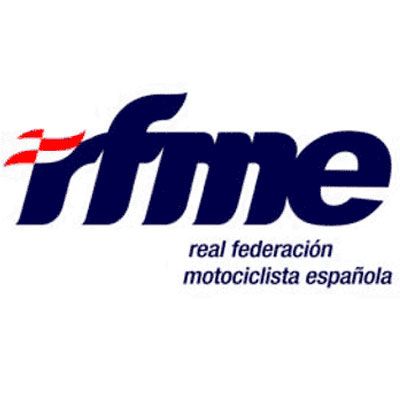
CONCLUSION
After this decision by the FIM and the constructors, the situation is as follows:
* Do not adopt the NON STOP regulations in Spain and let the FIM establish it in the WTC.
With this we will get to have the specialty completely divided (in fact it is what the defenders of non-stop have sought from the beginning, not accepting decisions made democratically).
On the other hand, in Spain we have the best WTC drivers who are going to race with the NON STOP, since they have contracts with their brands that oblige them to do so. It will be necessary to assess what
e is the best thing for them and for the rest of the riders competing in the CET.
* Adopt the NON STOP regulations in the national championships.
It would be the option to follow the same path as the FIM and develop the new regulations jointly.The current situation in this country is delicate. It will be necessary to assess whether amateur riders and especially motorcycle clubs are in a position to adapt to these new regulations.
We can’t forget that 90% of the structure of a Spanish championship is totally amateur. The motorcycle clubs will have to instruct the zone judges and look for suitable grounds for the practice of the NON STOP.
No doubt they will need everyone’s help and collaboration. I hope that we can count on the constructors and the drivers to develop these regulations, if they finally have to be applied.
Text: Jordi Prat
